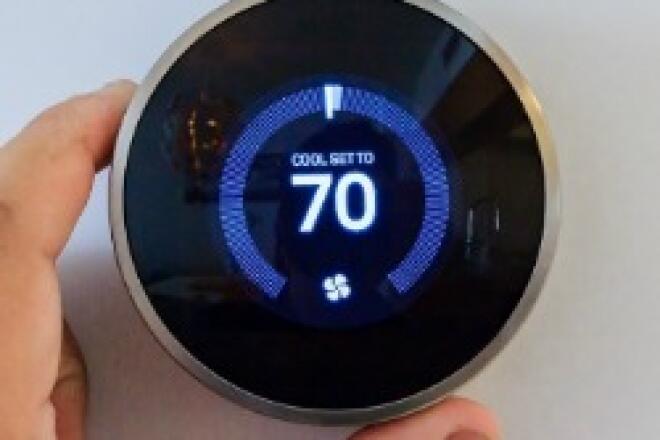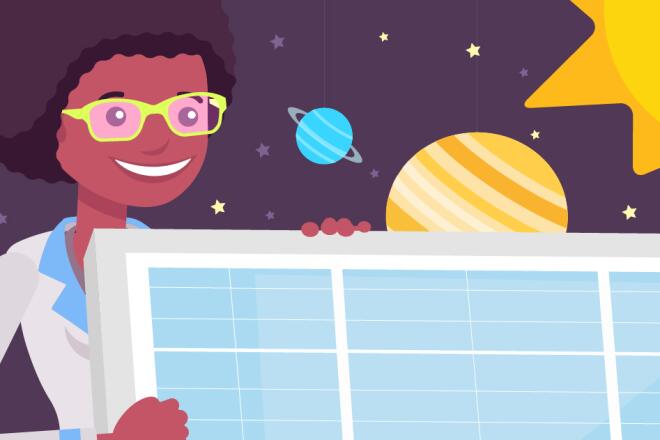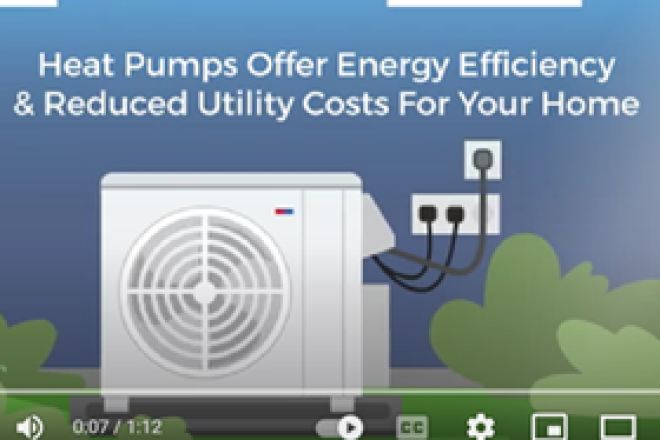
Virtual Power Plants: Coming to a Power Grid Near You
Elon Musk is in the news yet again for doing something that’s never been done before. Well, yes, he did send a cherry red Tesla blasting David Bowie out past the asteroid belt – but the Tesla CEO is also making noise – at least for energy nerds – with the announcement of his company’s next energy project in South Australia.
If you remember back to last summer, Musk boldly stated on Twitter that he could stabilize the shaky power grid in South Australia – and do it within 100 days or the project would be free of charge. At the time, South Australia was suffering from routine outages due to a number of factors, including aging coal-fired power plants, extremely hot temperatures and the intermittency* of wind power, a major source of energy in the region. (*Meaning the wind’s not always blowing and, hence, not always producing a consistent level of energy.)
To help smooth out the supply and demand of power, Tesla built an energy storage system for the region, and he successfully did so within the promised 100-day time frame. And in early December 2017, the new battery system had its first real test when a coal-powered plant suffered an unexpected drop in energy output. Instead of causing a brownout on the grid (where there’s not enough energy to run everything normally), the Tesla battery system kicked in just 0.14 seconds later, keeping the grid stable and the power on in homes and businesses in the area.
Since then, Musk has developed quite a reputation in the Land Down Under for energy innovation, and now, he’s back at it again with his recent proposal to build the world’s largest virtual power plant (VPP). What exactly is a virtual power plant, you ask?
A virtual power plant is basically a term that has come up in recent years to make sense of the total power-generating capacity of “distributed energy resources”, like solar installations, wind turbines and batteries, that are located throughout the grid – at homes, businesses or places in between – and not just at one or two central power plants.
Within this network, the “glue” that binds everything together is a sophisticated software system (on the power company’s side) that balances the energy being produced with that being used to the benefit of both consumers and the power company alike. In short, a virtual power plant more efficiently utilizes the power-generating capacity of these clean energy resources – most often solar and storage – to make energy cheaper and more reliable.
 Instead of those rooftop solar panels going to waste when excess energy is being produced during the sunniest hours of the day (which are often when no one’s home to use it), the power company can use the VPP software to re-route this energy to neighbors that don’t have solar panels on their rooftops. (After the homeowners’ energy needs are met and batteries are filled, of course.)
Instead of those rooftop solar panels going to waste when excess energy is being produced during the sunniest hours of the day (which are often when no one’s home to use it), the power company can use the VPP software to re-route this energy to neighbors that don’t have solar panels on their rooftops. (After the homeowners’ energy needs are met and batteries are filled, of course.)
Let’s go back to South Australia to see exactly how this technology is being applied. Working with the government of South Australia over the next several years, Tesla will be targeting to fit 50,000 homes with solar panels to produce energy and a Tesla Powerwall 2 battery system to store it.
At its peak output, the virtual power plant is expected to rival the capacity of a large gas turbine or coal-fired power plant, and the government of South Australia expects that it could reduce the electricity bills of the consumers involved by up to 30 percent. However, since this project will equal about 20 percent of the daily energy requirements of the region, consumers could save even more due to the competition its low electricity prices bring to the area.
Musk and company will begin rolling out the technology this year to 1,100 low-income households – at no cost to them. If this limited initial run is successful, the program will then be rolled out to an additional 24,000 public housing units. Finally, Tesla will offer the technology to other homeowners in the region, with the goal being at least 50,000 total homes enrolled.
Once again, it seems, all eyes are on Elon Musk to see if he can live up to his bold claims. Distributed clean energy resources have been coming on the power grid at an accelerated rate in recent years, and effectively and efficiently managing them will be essential for the future health of the power grid. With his two recent programs in South Australia, Musk is showing the world a glimpse of the smarter, cleaner and more flexible power grid of the future.
To learn more about distributed generation, read our fact sheet here or watch our short video on YouTube here. To learn more about the smarter, digitally connected future in the world of energy, check out our Internet of Things infographic here.



